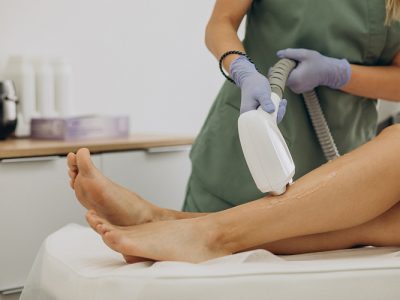Back pain in athletes is more common than most would think. Sports push the body to its limits, and the spine often bears the brunt. Whether from overuse, sudden injury, or poor form, the discomfort can sideline even the most dedicated players. Consulting a back pain and spine specialist can help identify the cause and guide recovery with tailored solutions.
Strain from Overuse
Repetitive training can be as punishing as a single awkward movement. Sports like rowing, running, and gymnastics put continuous stress on the spine and surrounding muscles. Over time, this strain can cause small injuries that build up into larger problems.
A backbone specialist often finds that overuse injuries develop gradually. Early signs include stiffness, dull aches, and reduced flexibility. Rest, physiotherapy, and modified training routines can help athletes heal without losing too much momentum. In cases where disc issues arise, consulting a specialist for herniated disc treatment in Singapore can provide additional targeted care. Addressing these issues early prevents them from becoming chronic.
Impact and Sudden Movements
Sports that involve heavy contact or sudden bursts of motion, such as rugby or basketball, can place intense force on the spine. Falls, collisions, or twisting movements can strain ligaments, compress discs, or even cause fractures.
In these cases, an assessment by a back pain and spine specialist is essential. Imaging tests may be needed to pinpoint the injury. Treatment might involve a mix of rest, targeted exercises, and in more serious cases, medical procedures. The goal is to restore full movement while minimising the risk of re-injury.
Poor Form and Technique
Incorrect posture during training or competition is another frequent cause of back pain in athletes. Lifting with the back instead of the legs, leaning too far forward during runs, or arching the back excessively in gymnastics can all create problems.
A backbone specialist can work alongside coaches and physiotherapists to correct these issues. By focusing on form, athletes can improve performance and reduce the strain on their spines. Prevention often starts with small changes in movement habits.
Core Weakness and Imbalance
The stability of the spine depends greatly on strong and balanced core muscles. If these muscles lack strength or have uneven development, the back becomes more prone to injury. This is especially true for athletes who concentrate on a single training style while overlooking other forms of conditioning.
Improving core strength with targeted exercises like planks, bridges, and controlled lifts adds protection to the spine. A back pain and spine specialist can create a tailored programme to correct these weaknesses, giving the spine reliable support during demanding training and competition.
Age as a Factor
While athletes are often associated with youth, many continue competing well into their later years. Age naturally causes changes in spinal health, such as reduced disc flexibility and slower recovery times. These factors make older athletes more prone to strains and persistent discomfort.
In some cases, conditions like herniated discs become more common with age. Seeking professional guidance for herniated disc treatment in Singapore ensures that older athletes receive care tailored to their specific needs. Proper management can extend sporting careers while reducing pain and risk of further injury.
Recovery and Rehabilitation
Healing from a spinal injury requires patience. Rushing back into sport too soon can undo progress and cause further damage. Rest is important, but so is gentle movement to maintain flexibility and circulation.
A backbone specialist will often guide athletes through each stage of recovery. This might include stretching routines, gradual strengthening, and sport-specific drills to prepare the body for return to play. Proper rehabilitation helps prevent recurring pain and keeps the spine strong.
ALSO READ: How to Relieve Spine, Lower Back, and Neck Pain?
Preventing Future Injuries
Staying injury-free is about more than luck. Regular check-ups with a back pain and spine specialist allow for early detection of potential problems. Training plans that balance intensity with recovery, proper warm-up routines, and attention to posture all play a part in long-term spine health. Investing in supportive equipment, like well-fitted shoes or protective gear, can also reduce the strain on the back. Education on safe movement patterns is just as important as physical conditioning.
Athletes often push their limits, but ignoring back pain is never a winning strategy. Understanding the causes, seeking professional help, and committing to recovery can keep both performance and spinal health in peak condition. Contact Achieve Spine & Orthopaedic Centre to get professional advice and treatment plans for sports-related back pain that keep you moving without unnecessary setbacks.













Comments